So you’ve got four more vacation days for the year and the idea of spending them as a stay-cation is making you ill? Need to head somewhere warm and get away from it all? This itinerary will hold the attention of any nature conservationist, as Bermuda is the perfect ecological backdrop to turn any city-slicker into a nature-lover. You’ll learn about Flo, a free spirited run-away flamingo, you’ll learn that Bermuda is completely free of any snakes, poisonous or otherwise, and you’ll learn where they burned the witches in Bermuda. So pack a water bottle, slap on the sunscreen, and stretch out your arms because we’ve got some trees to hug (and tree frogs to kiss?).
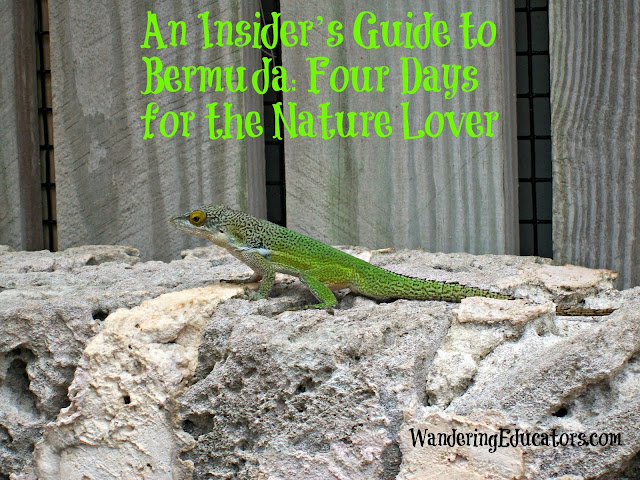
Day 1 – From Moongates to Beast(ros)
Start at the beginning, in 1612 to be exact, when the sleepy historic Town of St. George’s was established. In this town is Somers Garden, which is home to the town’s largest green space. It offers a shady spot to escape the sun’s intense rays. In the traditional British-style park, you will find a sampling of Bermuda cedar (Juniperus bermudiana) as well as a variety of hibiscus plants. This park is also home to a moongate. According to Bermuda lore, it is considered good luck for a couple to kiss under a moongate on their wedding day. It doesn’t need to be your wedding day to steal a quick kiss, and some good luck, on your visit to the park.
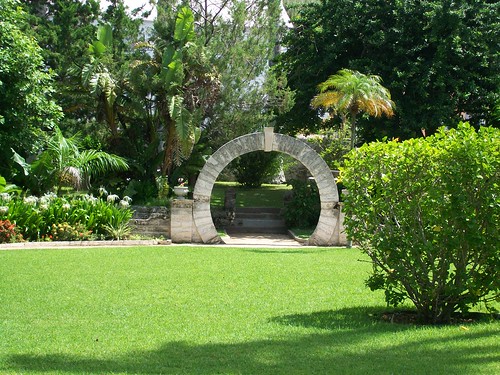
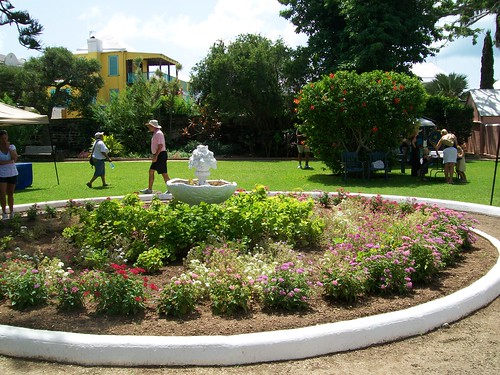
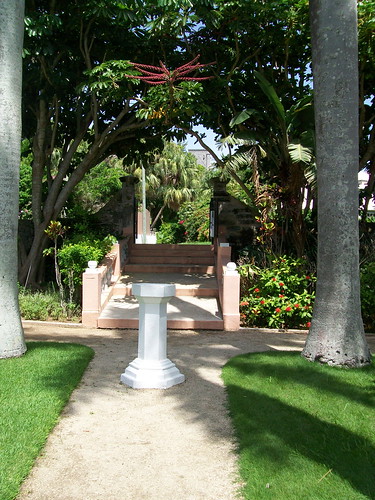
Somers Garden (above)
Moving away from St. George’s Parish and into Hamilton Parish, you should make a quick stop at Crystal Caves, where you’ll be able to see up close and personal thousands of crystal-like stalactites suspended above the clear waters.
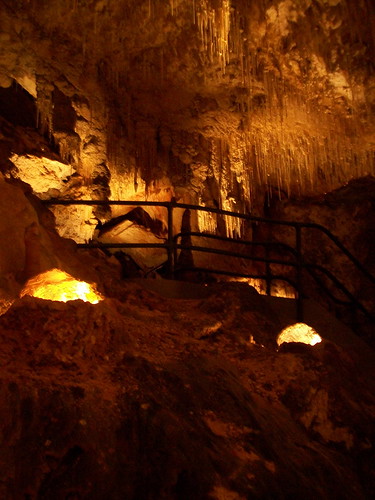
Crystal Caves
Before leaving this parish, stop by the little known Blue Hole Park. Unless you really look hard, you might never find this 12-acre nature reserve hidden away on the south side of the road heading out of town. The trail begins with a paved road that leads to a bird watching platform over looking a small pond. From there you can see the kiskadee (Pitangus sulphuratus), a boisterous yellow-breasted bird brought to the island from Trinidad in 1957. The original idea was that the kiskadee would help control the lizard population, but it made very little impact.
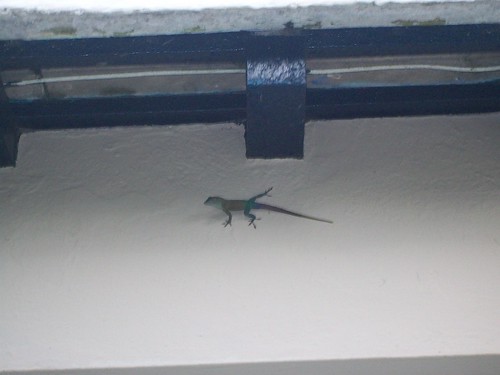
Lizards are a common sight in Bermuda.
You will also be able to see what locals refer to as the longtail, or white-tailed tropicbird. Bermudians consider this to be the unofficial national bird. Continue on the trail and you will find the Causeway Cave and the Blue Grotto, a picturesque pond-like sunken cave. This trail joins up with Tom Moore’s Jungle, which you can read about here.
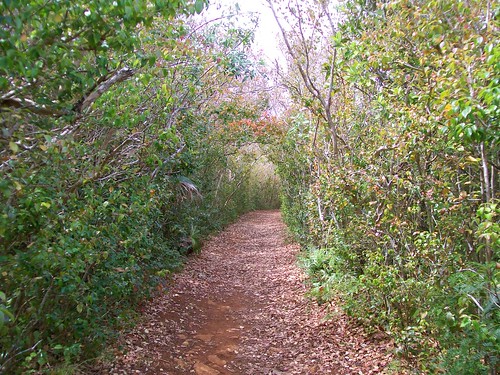
Tom Moore's Jungle
Finish your day by cooling off inside Bermuda’s Aquarium, Museum and Zoo (BAMZ). This is Bermuda’s premier natural attraction that is a three-for-one deal. BAMZ has also won international recognition for its educational and conservational efforts. There is plenty for kids and adults to see, with over 200 species of natural marine life, including, stunning coral formation, green moray eels that can grow up to 10ft. long, sea horses, sea cucumbers, red crabs, sea turtles, rainbow parrotfish, clown wrasses, and elegant butterfly fish. This is also a great place to learn about the island’s geological origins in the National History Museum. End the day by filling your belly at the newly opened Azu Beastro [sic]. Located inside BAMZ, this small restaurant boasts a covered patio overlooking Harrington Sound and Trunk Island and is a great way to close your first day.
![AZU Beastro [sic] at The Bermuda Aquarium and Zoo.](http://farm4.staticflickr.com/3763/10128492954_a65355bb50.jpg)
AZU Beastro [sic] at The Bermuda Aquarium and Zoo.
Day 2 – Ponds, Palms, and Burning Witches?
Start off your second day in Smith’s Parish at Spittal Pond Nature Reserve. Here you will find a costal nature reserve that encompasses 64-acres including a 9-acre brackish pond. This is considered the best bird watching for migratory shorebirds and waterfowl. This property is now under the protection of The Bermuda National Trust and the government park system. Take mile long nature trail and you’ll encounter Jeffrey’s Hole, a cave named for an escaped slave who it is said, stowed away there. Continue on and you’ll find Spanish Rock. The original rock is still there inscribed with the initials “TF” and the date “1543” which are thought to have been carved by stranded Portuguese mariners.
If time allows, wander down a section of the Railway Trail (read all about it here) along North Shore Road that crosses over Penhurst Park which offers views of Gilbert Island. In the 17th century, people accused of witchcraft were taken to Gilbert Island and burned at the stake. Oh my!
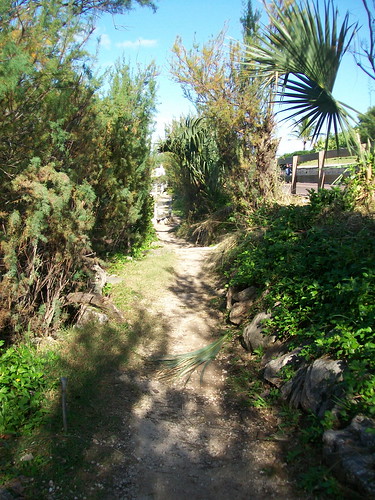
Railway Trail
Continue on to Devonshire Parish to take a quick jaunt around Palm Groove Garden. This privately owned estate opens its gates for visitors 4 days a week. The manicured lawns make you concerned about your own mowing abilities and the small, but loud, aviary of exotic parrots and cockatoos will remind you why you don’t own a bird. One of the most interesting features is the reflecting pond that has a miniature manicured outline of Bermuda resting in the center.
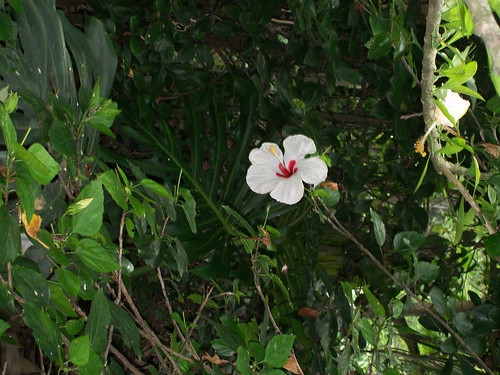
Enjoy Bermuda's local flora and fauna
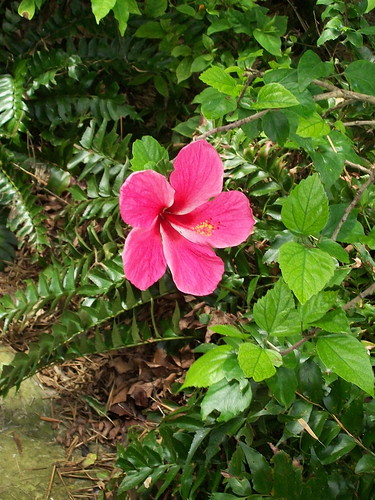
A gorgeous pink hibiscus flower
Tired yet? No? Wonderful, because we’re not done yet! Take one more walk through the Arboretum. The timed and shaded 20 minute stroll will take you past wildflower meadows, an impressive conifer collection which includes Bermuda cedar trees, and a palm collection including Bermudian palmettos and Chinese fan palms. Read more about it here.
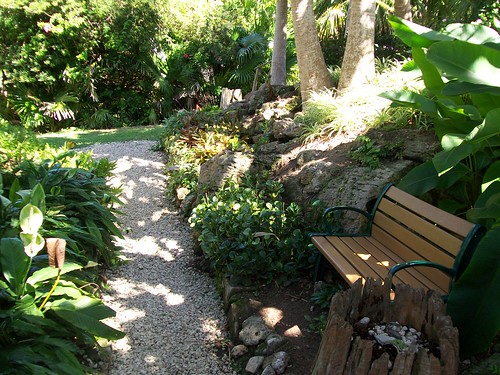
The Aboretum trail.
Circle back to Flatt’s Village to dine at Rustico. This reasonably priced restaurant has something for everyone, from pizza for the kids to steaks, seafood, and a highly recommended vegetarian sandwich for the adults. Sip your wine while you relax in preparation for day three.
Day 3 – Slow and Steady
Sipped a little too much of that wine last night? Well, you’re in luck, because today the pace relaxes. Start in Paget Parish at the Paget Marsh. This wetland oasis is preserved, all 25-acres, by The Bermuda National Trust (BNT). In 2000, the BNT in conjunction with The Bermuda Audubon Society constructed a boardwalk across the property, nicknamed Dennis’ Walk. This boardwalk cuts right across the center of the marsh and helps you to understand how untouched this section of Bermuda is. You’ll see thick mangrove trees, watch the lizards climb the branches, and admire yellow-crowned night herons perch on the boardwalk rails. The whole walk can be done in as little as 20 minutes but I have a feeling you’ll want to talk your time and enjoy the splendor of it all…or maybe it’s the wine slowing you down.
Buck up and conquer one of my favorite spaces in Bermuda, The Bermuda Botanical Gardens. This free park is one of the best spots to sit back, relax, and just be. Opened since 1898, this space boasts a menagerie of gardens from formal roses and perennials, to a small but impressive aviary. Carefully wander through the cacti collection of aloes and succulents to the visitor centre. Grab a map and mark off the highlights of the gardens including the palm gardens, greenhouses with exotic orchids, and an orchard that displays Bermuda’s oldest avocado tree. There is a sensory garden originally designed for the seeing impaired and included in all of this is an ocean view. Stop by Camden, a property in the gardens and Masterworks Museum of Bermuda Art, which is also on the grounds. Grab a bite or a “cuppa tea” at Homer’s Café and as you take in the beauty surrounding you.
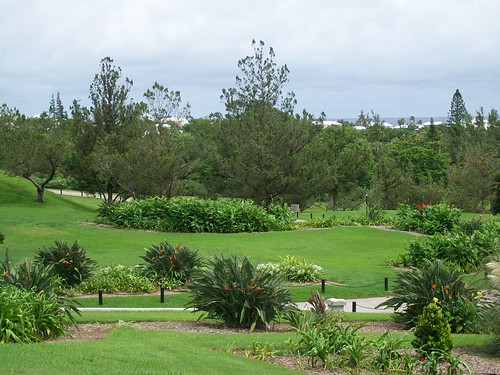
The Bermuda Botanical Gardens.
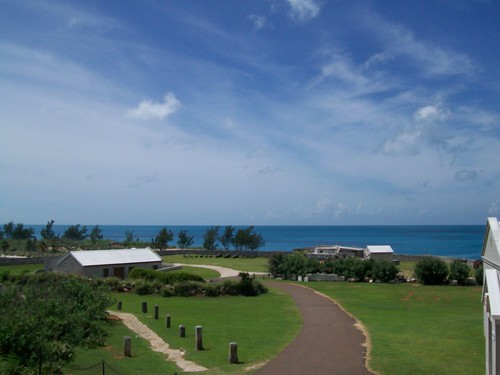
The ocean view from The Bermuda Botanical Gardens.
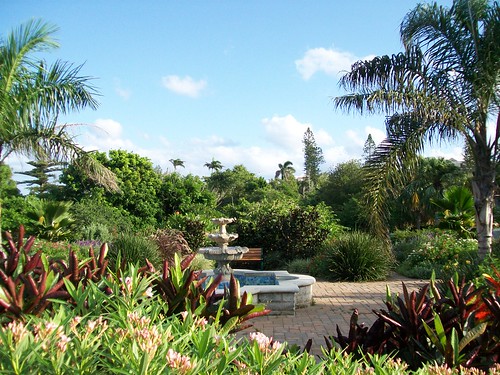
Bermuda Botanical Gardens
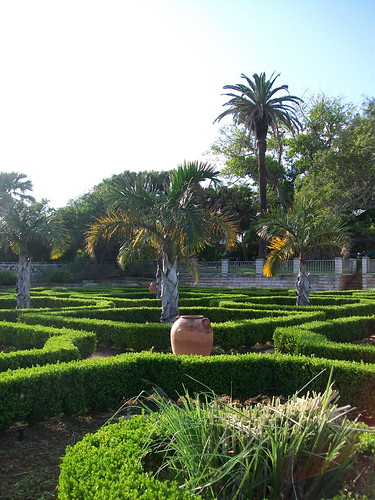
Bermuda Botanical Gardens
Day 4 – Pink Sand and Pink Birds
Start your last day in Warwick Parish by taking a stroll on our pink sand on Warwick Long Bay. Check out my article on why our sand is that pink hue. Be sure to check out Jobson’s Cove before heading onto Warwick Pond Nature Reserve. The reserve, which is the second-largest freshwater pond, is located on the 9-acre nature reserve. Be on the watch for moorhens, a chicken-like rail that can be spotted year-round and Flo, a sassy pink flamingo who’d escaped from the Bermuda Zoo to fly to the reserve so many times that she was officially freed from the zoo and now permanently resides there.
Astwood Park is one of the most popular spots in Bermuda for an outdoor wedding. The 23-acre coastal park has scenic views, longtails in flight, and an extensive collection of native palmetto trees and Bermuda cedars. Wrap up your final day by wandering through the Somerset Long Bay Nature Reserve. This re-claimed wetland is owned by the Bermuda Audubon Society and is the prime spot for waterfowl and migratory birds. Wander through tall grasses to the sanctuary, where you will see herons, catbirds, cardinals, egrets, warblers, and kingfishers.
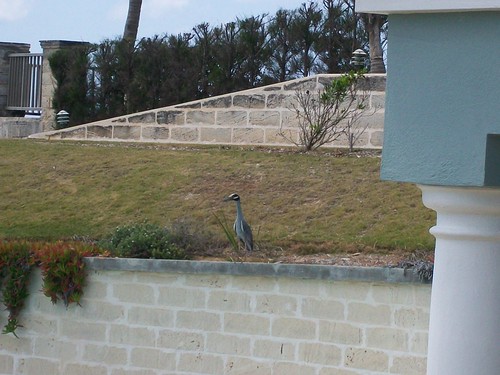
Catching a heron resting on a ledge in the backyard.
Discuss your newly minted knowledge of Bermuda’s land and sea creatures over a dark n’ stormy (a drink made from Bermuda black rum and ginger beer) and share all of the photos you are sure to have taken, at the Somerset Country Squire. This pub-like eatery has a delicious selection of local seafood and an outdoor patio overlooking Mangrove Bay. Just like Flo, our free-spirited flamingo, you too could run away another day, back to Bermuda to rest, relax, and free yourself from the hustle and bustle of life.
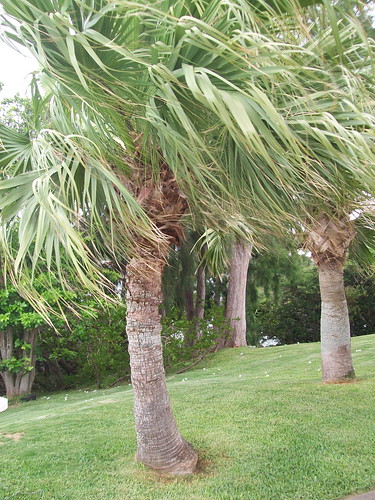
Palm trees swaying in the ocean breeze.
Lindsey Lehman is the Bermuda Editor for Wandering Educators
All photos courtesy and copyright Lindsey Lehman
This article was originally published in 2013 and updated in 2020
